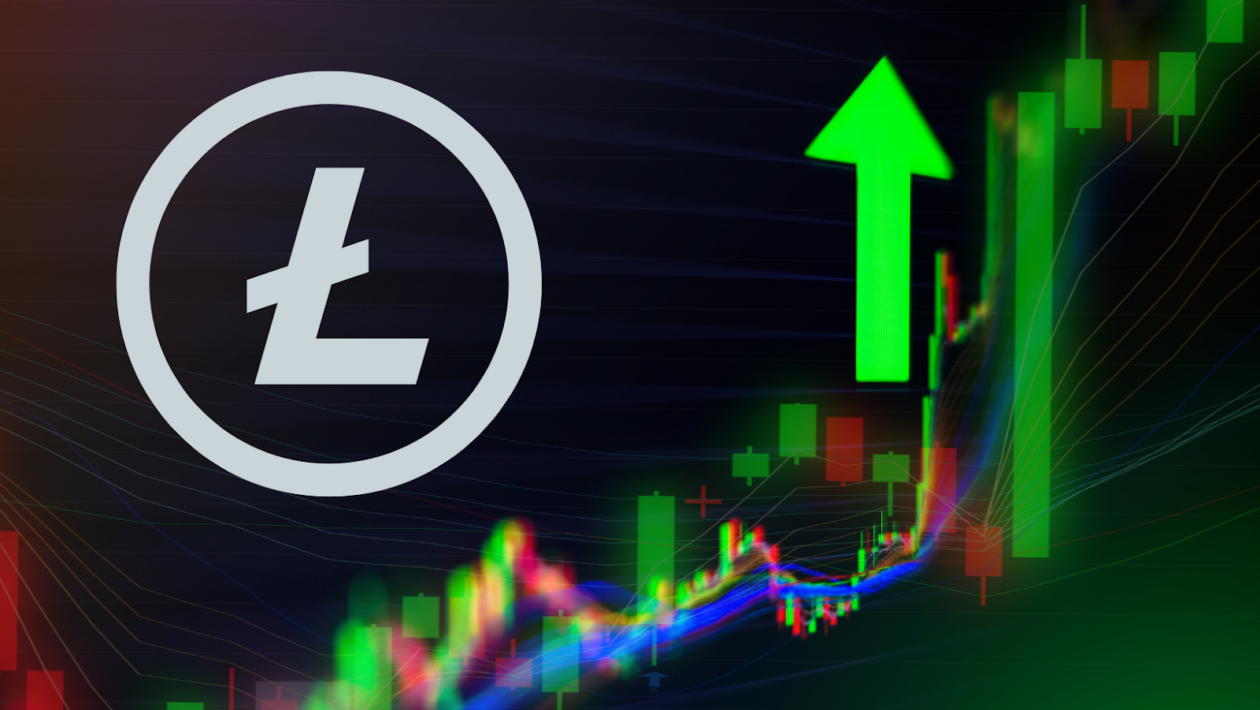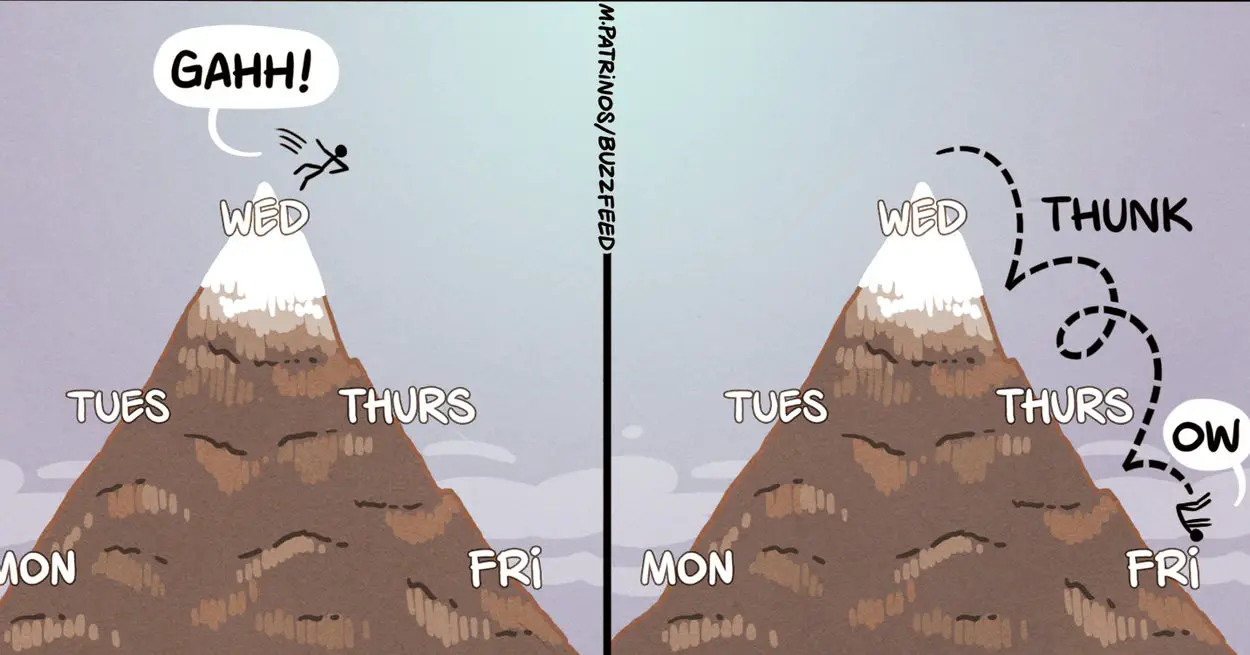In this issue
- Tether: Trouble ahead?
- Litecoin: Heavy hitter
- China: Breaks for blockchain
From the Editor’s Desk
Dear Reader,
Cryptocurrencies have long been derided by skeptics as a “bubble,” but perhaps a better analogy for crypto ― when it comes to the regulatory response to it, at least ― is that it’s like squeezing a balloon. When crypto comes under regulatory pressure in one spot, it has a tendency simply to expand where the pressure is less acute.
So, when it’s in regulatory strife in a jurisdiction such as the United States, where authorities have zealously tightened their grip on it, it’s unsurprising to see it pop out somewhere else.
That’s exactly what I witnessed during a recent visit to Dubai. In a city that thinks constantly about investing in itself for the future, Web3 is very evidently on the minds of not only its regulators but also throughout the investor ecosystem. Momentum is building as regulators outside the U.S., such as those in Hong Kong, Dubai and Abu Dhabi ― and now the European Union, which just this week approved a landmark legislative framework for crypto ― have adopted a mindset focused on inclusion as digital assets increasingly become part of these jurisdictions’ established financial ecosystems.
Amid crypto’s increasing acceptance as a part of those ecosystems, it’s interesting to observe the war of words that has erupted between former U.S. Securities and Exchange Commission enforcement attorney John Reed Stark and Paolo Ardoino, the tech chief at Tether, the company that runs USDT. Because the active use of USDT globally reflects a more trusting marketplace, many of its users are in emerging and developing countries and depend on it for daily business. Even large firms and crypto exchanges are doing the same.
Amid the U.S. regulatory fog, I got a glimpse of blue sky. In the latest episode of Word on the Block, I sat down with former Commodity Futures Trading Commission Chair Christopher Giancarlo, who was frank in expressing his disappointment with the way cryptocurrencies, including stablecoins, have been handled by U.S. authorities. His comments were illuminating and clear on the threats to innovation. You can watch my interview with him here.
It’s hard to disagree with the former CFTC chief’s assessment that U.S. finance sector authorities are “like deer caught in the headlights” when it comes to formulating laws and regulations for crypto. And it’s hard not to feel that, as the crypto industry looks increasingly beyond America’s squeezed, enforcement-led regulatory environment and pops out elsewhere, the law that’s being carried out most effectively by U.S. regulators may be the law of unintended consequences.
Until the next time,
Angie Lau,
Founder and Editor-in-Chief
Forkast
1. Trust or verify?
In a series of tweets, John Reed Stark, a former enforcement attorney at the SEC, described Tether — the issuer of USDT — as a “mammoth house of cards” and predicted that the stablecoin would be “the next domino to fall” in the crypto space because of a lack of regulation and Tether’s unwillingness to provide audits of its reserves.
- Stark tweeted on May 10 that Tether was in a “regulatory vacuum” as its financial reserves faced no legal restrictions and remained “unaudited, unconfirmed and therefore dubious,” leaving Tether customers exposed to risks, despite the company’s promise in 2021 to release a full audit of its reserves in a matter of months.
- The former SEC lawyer, who worked at the agency’s enforcement division for 18 years, called on the U.S. government to ban Tether, which was outlawed by financial regulators in the Canadian province of Ontario in 2021. That same year, the attorney general of New York also banned Tether from doing business in the state.
- On the same day that Stark posted his social media missive, Tether released its reserves attestation, carried out by accounting firm BDO Italia, for the first quarter of 2023. The attestation showed that Tether’s reserves stood at US$81.8 billion at the end of the quarter, more than 20% higher than the previous quarter, and that its excess reserves had reached an all-time high of US$2.44 billion.
- Stark questioned the validity of Tether’s report, saying: “Attestations only evaluate whether the data being examined by the ‘attestato’ is accurate at that precise moment in time,” and they could never carry the same weight as audits “methodically designed to look for potential risks.”
- Paolo Ardoino, Tether’s chief technology officer, responded on Twitter that Tether did not operate in the U.S. or solicit U.S. customers. He also said the company was cooperating with financial regulators worldwide and conducting enhanced due diligence to protect its customers.
- The two men continued their volleys over several days. In Stark’s final response to Ardoino on Sunday, he said he hoped Ardoino’s promises about Tether’s integrity were true, but “there exists no way to verify Mr. Ardoino’s representations” due to Tether’s lack of transparency.
- Launched in 2014, USDT was the world’s first stablecoin and remains the world’s largest, with a market capitalization topping US$82.8 billion at press time, according to data from CoinGecko.
- In February 2021, as part of a legal settlement following an investigation by New York’s State Attorney General, Tether agreed to stop doing business in the state and issue quarterly reports on its reserves for a period of two years. Tether’s May 10 reserves attestation was the last attestation required under the settlement.
- On Wednesday, the stablecoin issuer unveiled its strategy to use its profits to acquire Bitcoin. “Starting this month, Tether will regularly allocate up to 15% of its net realized operating profits towards purchasing Bitcoin,” Tether said in a blog post.
Forkast.Insights | What does it mean?
Tether has long attracted unwelcome attention due to the somewhat opaque nature of its business. The current round of criticism by former SEC attorney John Reed Stark is nothing new. But calls for greater transparency have become louder of late, thanks largely due to legal requirements imposed by the New York State Attorney General.
As a result, Tether has published quarterly details of its Bitcoin and gold holdings for the first time. The company’s report revealed that it held, as of March 31, US$1.5 billion of Bitcoin ― roughly 2% of the company’s claimed reserves.
This is significant because Tether is the primary means by which Bitcoin is bought and sold. When Tether mints new coins, they are largely spent on buying Bitcoin. The fortunes of Tether, as many have suggested, are intimately tied to the fortunes of Bitcoin. Tether holding Bitcoin raises questions about its potentially undue influence on BTC’s price.
Although Tether’s report has been praised by many in the crypto media as a sign of Tether’s ongoing commitment to transparency, Stark is right to point out that the company still does not go far enough to validate that it possesses what it says it does in reserves.
While a lack of transparency would typically see investors dump their holdings, Tether, according to its latest report, appears to be doing better than ever. USDT’s market cap is almost back to its all-time peak of US$83.3 billion a year ago — which is almost quadruple its market cap from early 2021, before the stablecoin was denounced and banned by regulators in Canada and New York.
USDT users surely know, by now, all about the criticisms of Tether, the risks of unaudited reserves, and the company’s troubles with regulators. But clearly, they still don’t care.
2. Bitcoin bottleneck beneficiary

Litecoin, the world’s 12th-largest cryptocurrency by market cap, has seen its price surge more than 16% in the past week as congestion and high transaction fees on the Bitcoin network drove crypto users to seek alternatives.
- At press time, Litecoin’s price had risen over 16.2% over the previous seven days to US$92.92. Most other top 20 non-stablecoin cryptocurrencies either suffered losses or stayed flat over the same period, according to CoinGecko data.
- Litecoin’s price increase follows rising demand for the token, whose daily transaction volume reached an all-time high of more than 584,000 tokens on May 10, almost six times higher than at the start of the month, according to blockchain data tracker BitInfoCharts. Litecoin transactions have since retreated from that point to below 300,000.
- Heightened demand for Litecoin comes in large measure due to recent hype around memecoins on the Bitcoin blockchain, which has caused congestion on the Bitcoin network and driven up transaction fees, prompting crypto users to seek alternatives.
- Prior to Litecoin’s peak, the daily transaction volume on the Bitcoin blockchain reached a record high of more than 682,000 on May 1, multiplying the network’s average transaction fee almost 10-fold in the first seven days of the month.
- On the Litecoin network, despite the acceleration of transaction volumes, the average transaction fee has dropped from US$0.01 on May 1 to US$0.004 at press time, only a fraction of Bitcoin’s average fee of US$4.31.
- Demand for Litecoin was also boosted by the May 2 introduction of LTC-20, an experimental token standard forked from BRC-20 that allows any user to issue fungible tokens on the Litecoin blockchain.
- Amid rising transaction volumes, Litecoin announced on Monday that it had integrated the Lightning Network, a layer-2 protocol intended to improve the scalability of blockchains.
- Launched in 2011, Litecoin is an open-source, proof-of-work-based cryptocurrency forked from Bitcoin, and boasts of a larger supply, lower fees and higher transaction speeds than BTC, the world’s original cryptocurrency.
- Adding to the bullish Litecoin trend, global cryptocurrency mining platform KuCoin Pool this week launched a joint mining pool service for Litecoin and Dogecoin, offering a zero-mining-fee promotion for the service’s first month.
Forkast.Insights | What does it mean?
Litecoin, one of the earliest Bitcoin clones, has had a stellar run during the past year. Since June 2022, it’s up 30%, and it appears to have outperformed BTC in recent weeks.
Although its recent performance has come thanks to its low transaction fees and the addition of a token standard that mimics the one that led to the explosion in transaction volume on Bitcoin, many investors are eyeing up the forthcoming halving as another reason to be cheerful.
Historically, when Litecoin has cut its miner rewards, in a process known as a “halvening,” there has been a price surge in the buildup. The next halvening is due in August (Litecoin doesn’t follow Bitcoin’s halvenings, the next of which will likely occur in April 2024) and it appears to have led to a surge in new accounts and also short-term profit-taking on-chain.
But while some have suggested that Litecoin is becoming a viable alternative to Bitcoin, data suggests otherwise. It has a fraction of the versatility of Bitcoin as a trading pair. It has a tiny developer ecosystem compared to other chains. And it has shallow liquidity, making it an unlikely replacement for its bigger brother.
3. Red carpet

Authorities in the Chinese city of Fuzhou — a city of about 3.9 million people about halfway between Hong Kong and Shanghai — have unveiled policies to attract investment by companies associated with the blockchain industry, including rent subsidies for office space and cash rewards for hitting revenue targets.
- Fuzhou’s government, hoping to bring more high-tech jobs to the coastal city, will offer subsidies of up to 500,000 yuan (US$71,811) to approved blockchain projects, according to a report by the Fuzhou Municipal Bureau of Finance and the Chinese Communist Party’s local committee on Big Data.
- In addition, blockchain companies and entities that rent offices in three designated industrial complexes in the city may receive annual rental subsidies of up to 600,000 yuan.
- The city’s government will also offer monetary rewards to local blockchain companies and other entities that receive government certifications, reach certain revenue thresholds, or provide training in blockchain technology. For example, a company in Fuzhou that is certified by the state as a national-level laboratory for blockchain technologies may be awarded as much as 1 million yuan, according to the report.
- Fuzhou is the provincial capital of Fujian Province, which lies on China’s southeastern coast. The city has positioned itself at the forefront of China’s digital economy and has been hosting the Digital China Summit & Exhibition, an annual event backed by the central government, since April 2018.
- Despite banning cryptocurrency trading and mining, China’s central government is promoting the use of blockchain technology throughout the country. As early as 2021, the State Council, China’s top executive body, identified blockchain as one of seven major focus areas for the country’s digital economy efforts. Last week, a national blockchain research center opened in Beijing, aiming to train more than 500,000 blockchain professionals to support the country’s Web3 development.
Forkast.Insights | What does it mean?
Fuzhou’s blockchain industry subsidy plan is remarkable for its unremarkable location and genesis. Fuzhou, famous for its hot springs and architecture from the Ming and Qing dynasties, is considered a second-tier Chinese city. But its ambitious efforts to bring in more capital to develop its local blockchain industry are actually in parallel with the efforts of a number of other municipal governments on the mainland, including Shanghai, Chongqing and Guangzhou, that are rolling out policies and sweeteners to grow China’s Web3 sector.
It’s worth noting that Fuzhou’s efforts, coupled with the opening of Beijing’s new blockchain research center, come as China faces record-high youth unemployment. China’s jobless rate for 16- to 24-year-olds surged to 20.4% last month, marking its highest level since recordkeeping began five years ago, according to official data.
Notwithstanding Beijing’s opposition toward cryptocurrency, the country’s national and local leaders also know that China’s Web3 industry can offer tremendous opportunities to the nation’s young people and benefit the country’s digital economy. Beijing’s new blockchain center, for instance, has already pledged to train at least half a million blockchain professionals.
It remains to be seen how Chinese authorities will regulate Web3. So far, the nascent industry has been relying on self-regulatory guidelines published by some industry associations, and China’s officialdom — from Beijing to local governments like Fuzhou’s — has appeared to be only supportive. That’s good news not only for China’s young jobseekers but also for companies developing Web3’s non-crypto uses.










Leave a Reply